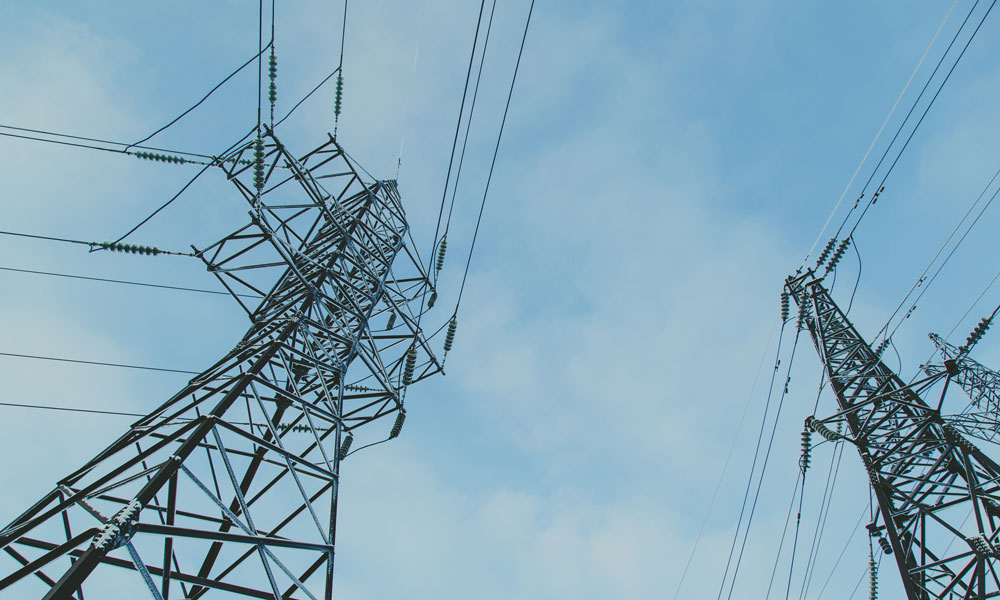
Electric Industry Takes Leap Forward After FAA Drone Victory
Winning many of the regulations it wanted from the FAA, the Edison Electric Institute is helping its members move ahead with a plan to use drones to check power lines. EEI still has its eye on a potential regulatory change that could make drones even more useful to power companies.
The electric industry is one of many industries that have some innovative ideas about how to use drones.
Now, thanks to a successful push by the Edison Electric Institute (EEI), power companies will actually get to put those ideas into action. With authorization from the Federal Aviation Administration, the industry will begin testing ways to use drones to check electric lines for faults.
EEI sees a lot of opportunity to support its members as they take on this new technology, according to Chris Hickling, director of government relations.
“We’ve certainly heard from our members that they’re excited about this technology,” Hickling told USA Today earlier this week. “They see it as part of building a smarter infrastructure. We see it as an area that’s going to continue to grow.”
EEI has taken steps to accommodate tests by more than 20 utility-industry companies, including by partnering with Sharper Shape, a Silicon Valley firm that focuses on supporting unmanned aerial systems (UAS) beyond the visual line of sight, an area where the industry sees the most potential for this technology. Shaper Shape’s technology is already used this way for checking power lines throughout Europe.
However, FAA rules currently don’t allow for drone flights beyond the line of sight. Sharper Shape has filed for a waiver that would allow long-distance flights for power line inspections. EEI and a number of its members are supporting the waiver, saying that removing the line-of-sight requirement could significantly lower the costs of checking power lines, because the devices could feasibly travel as far as 10 to 20 miles without falling out of the operator’s control.
“With hundreds of thousands of miles of transmission lines and millions of miles of distribution lines [in the U.S.], not to mention generation assets, there are limits to visual-line-of-sight inspections,” Hickling told USA Today.
EEI hopes to work with Sharper Shape and another UAS firm, SkySkopes, to launch beyond-line-of-sight tests by the end of the year.
(iStock/Thinkstock)






Comments